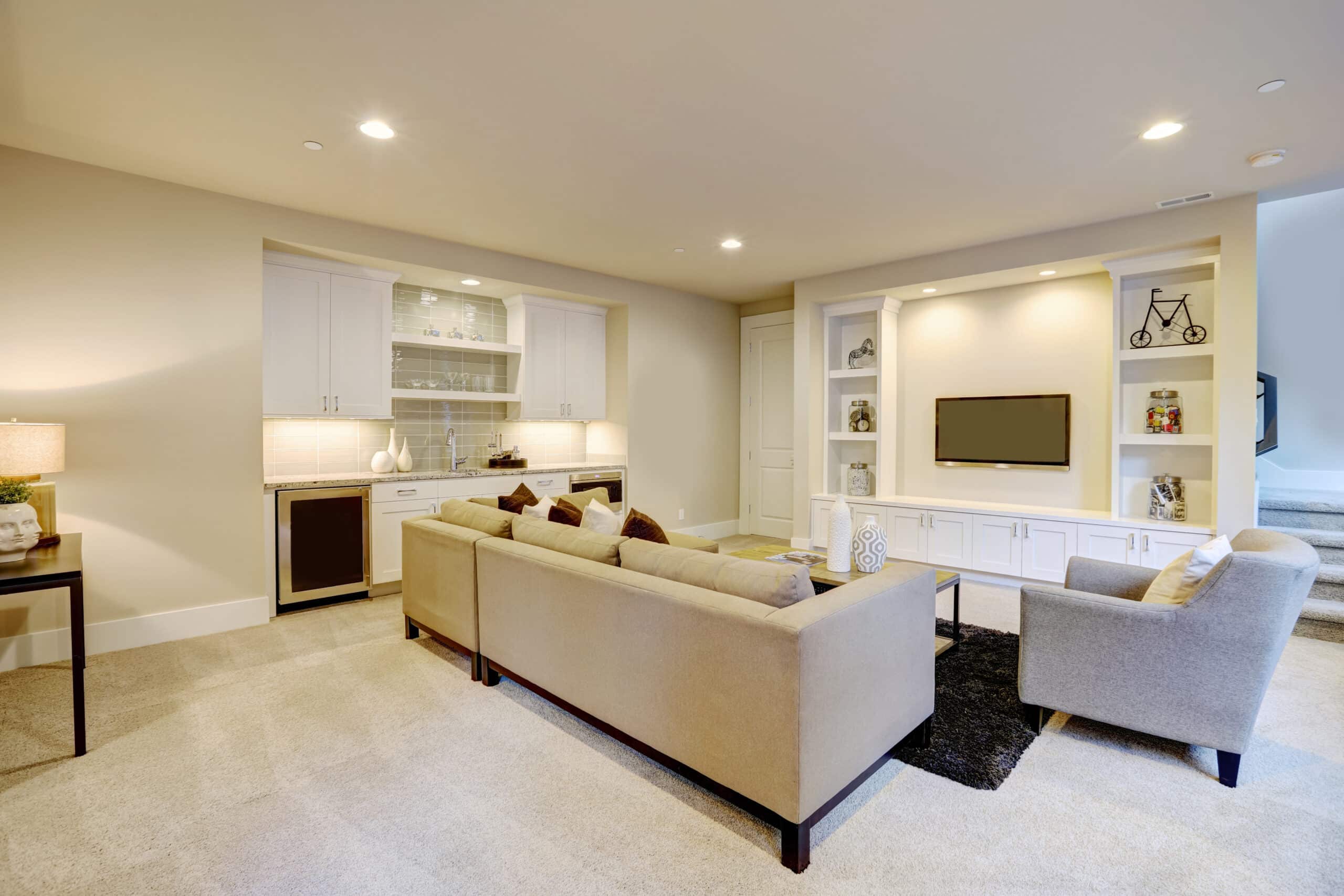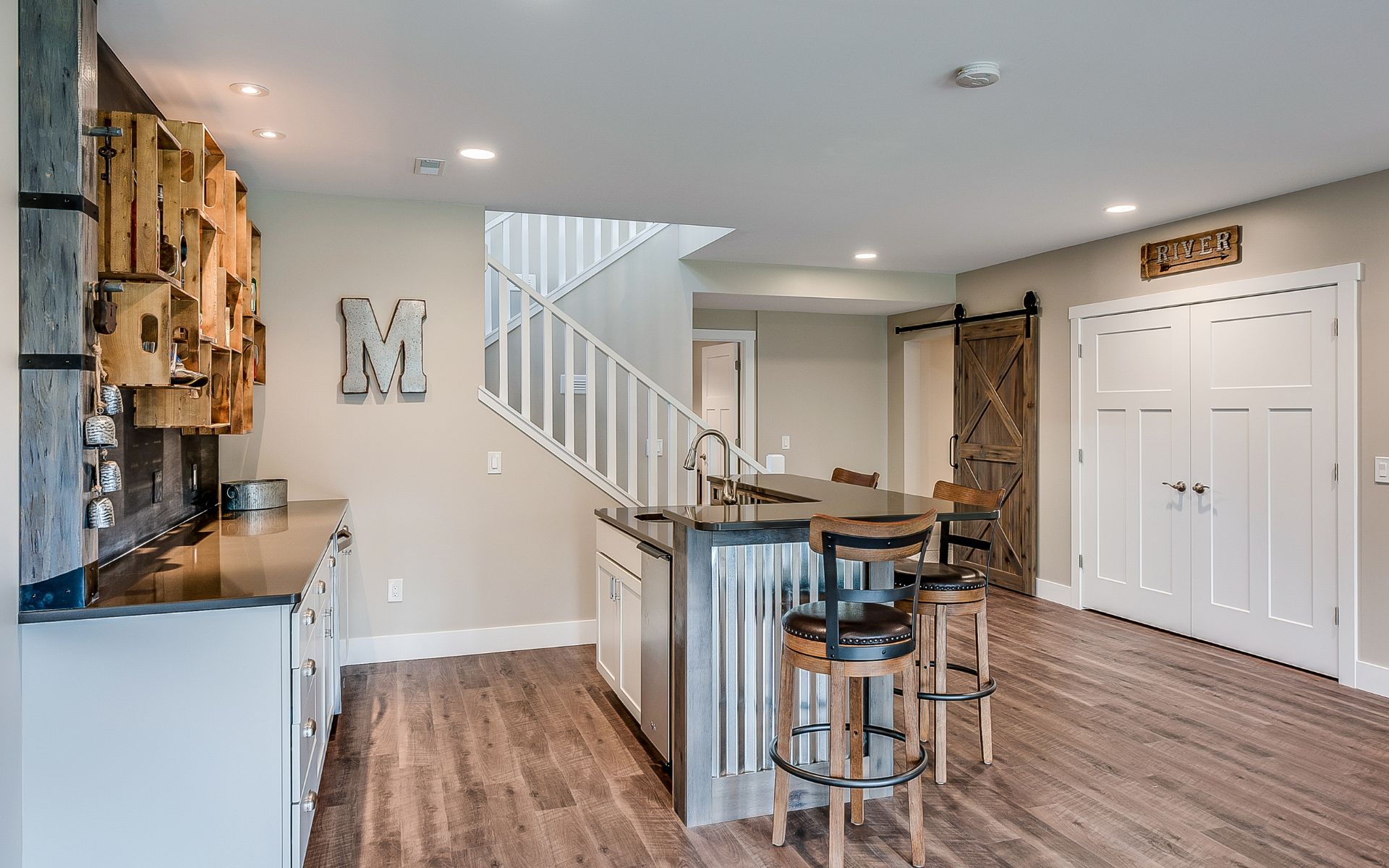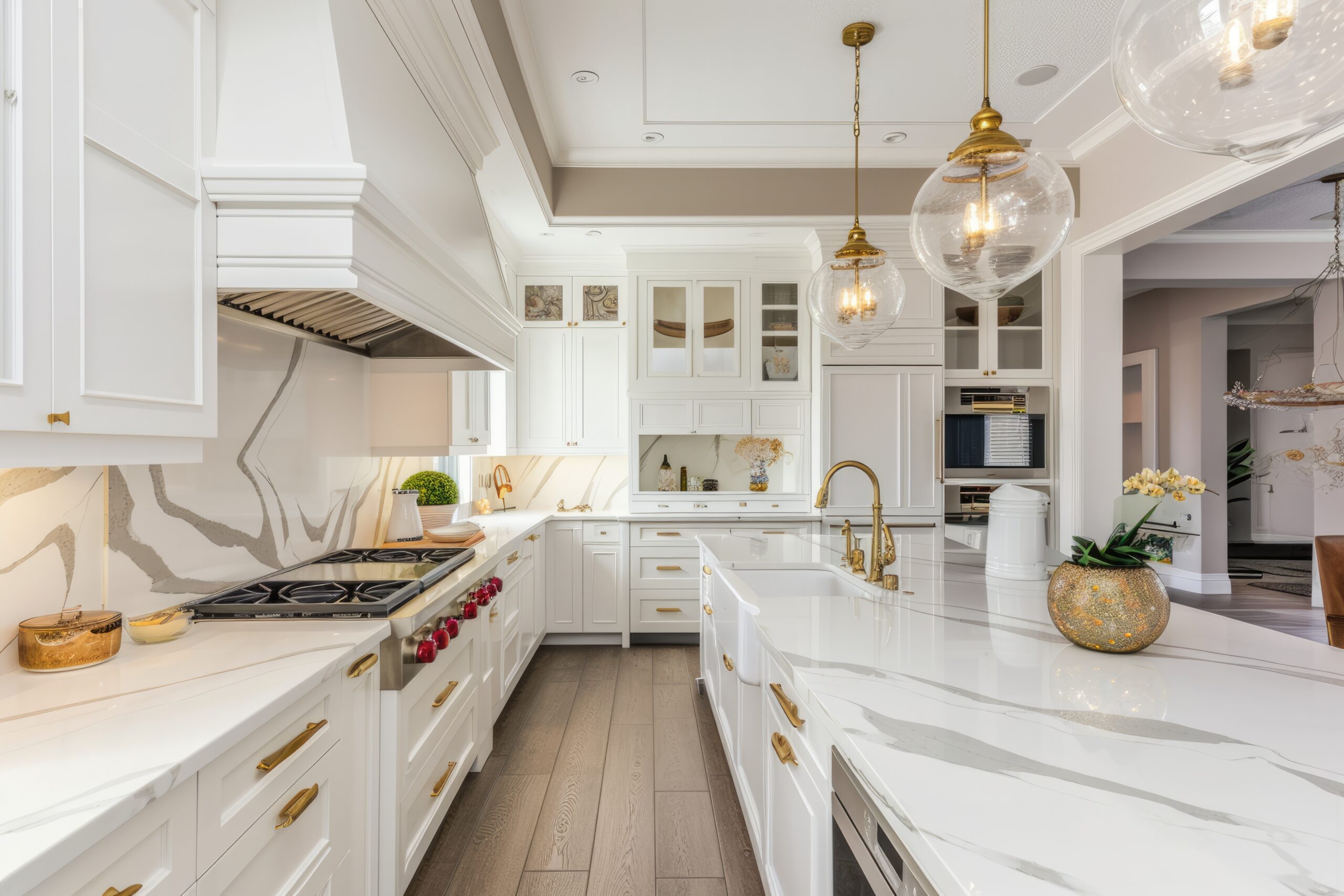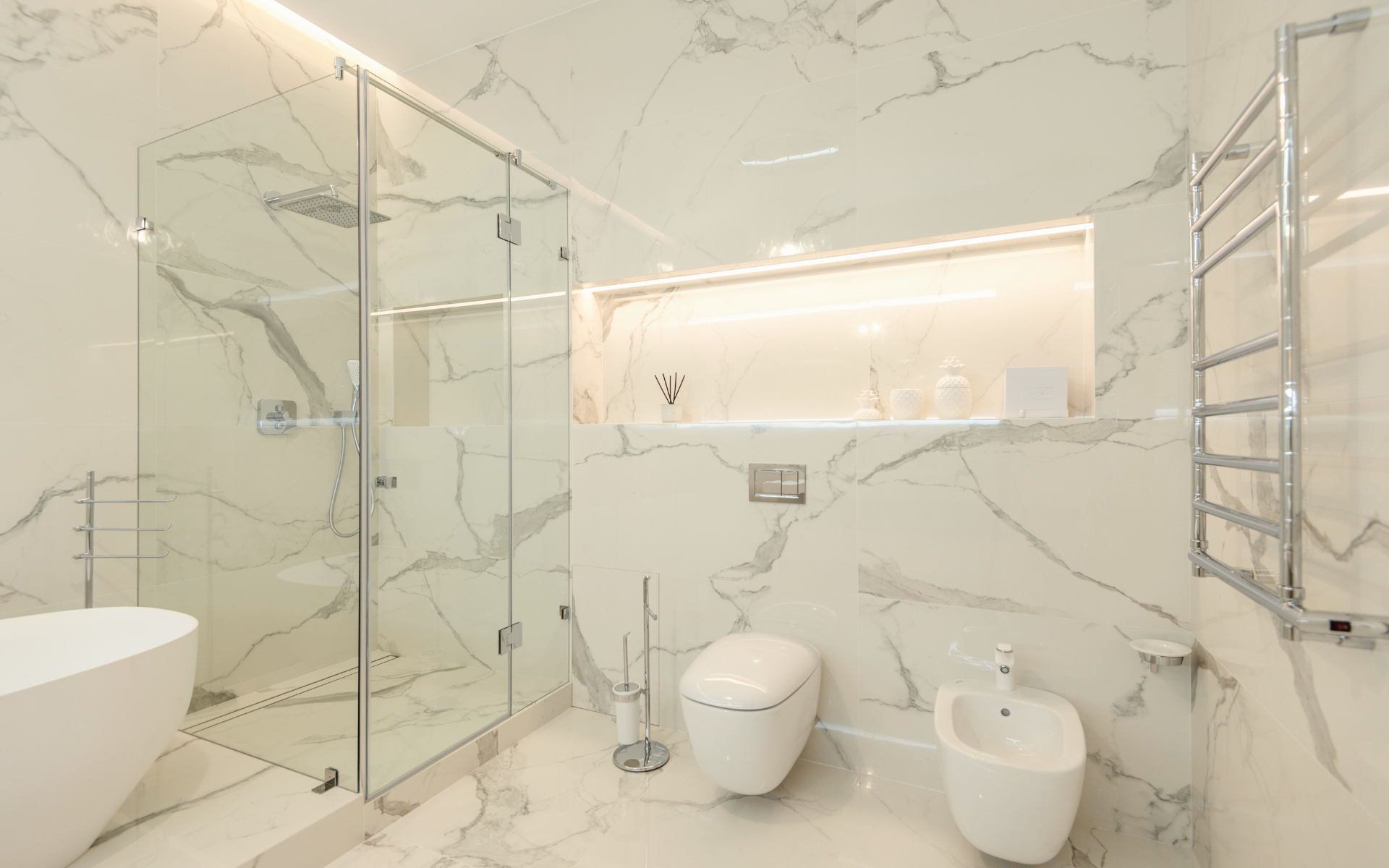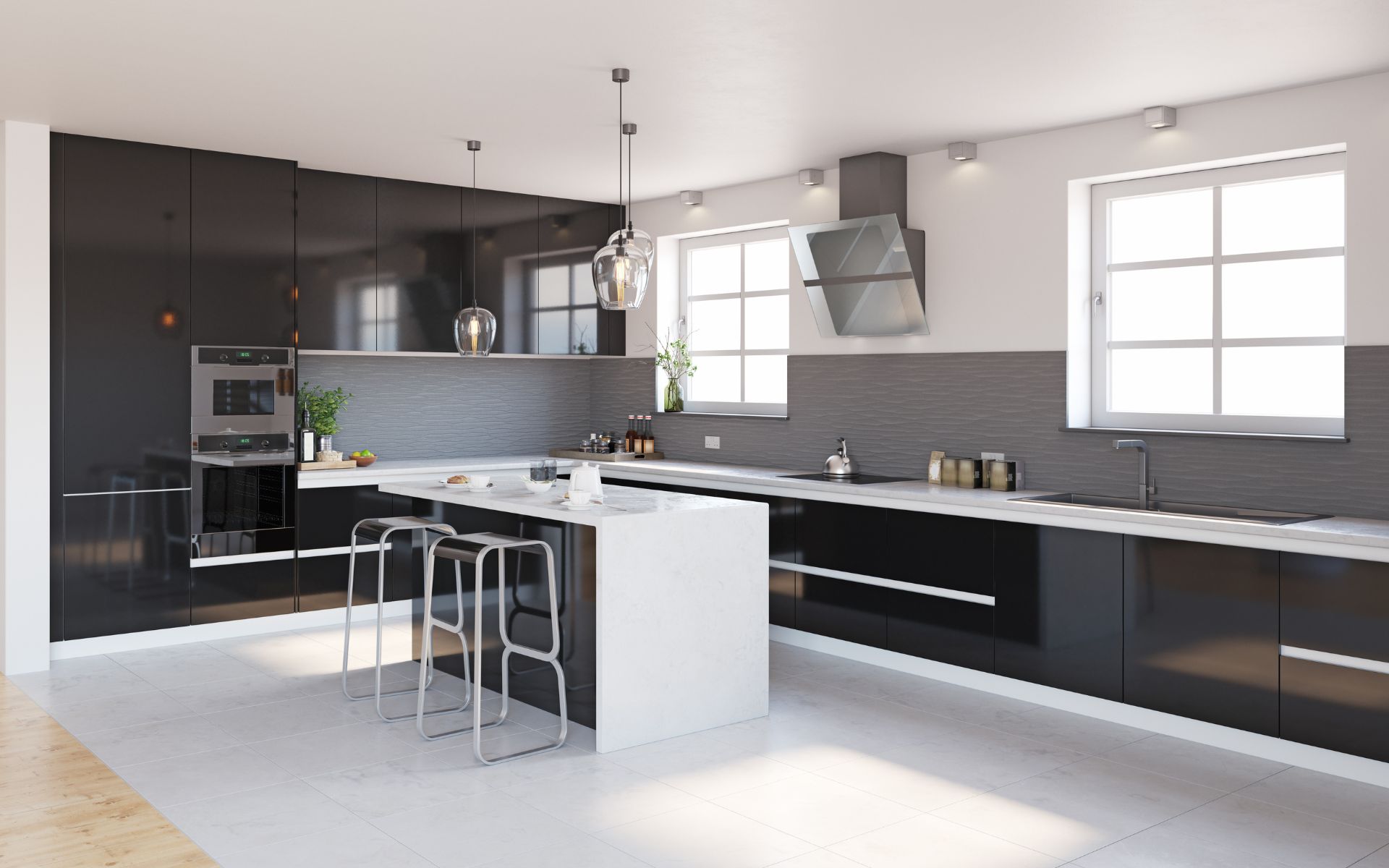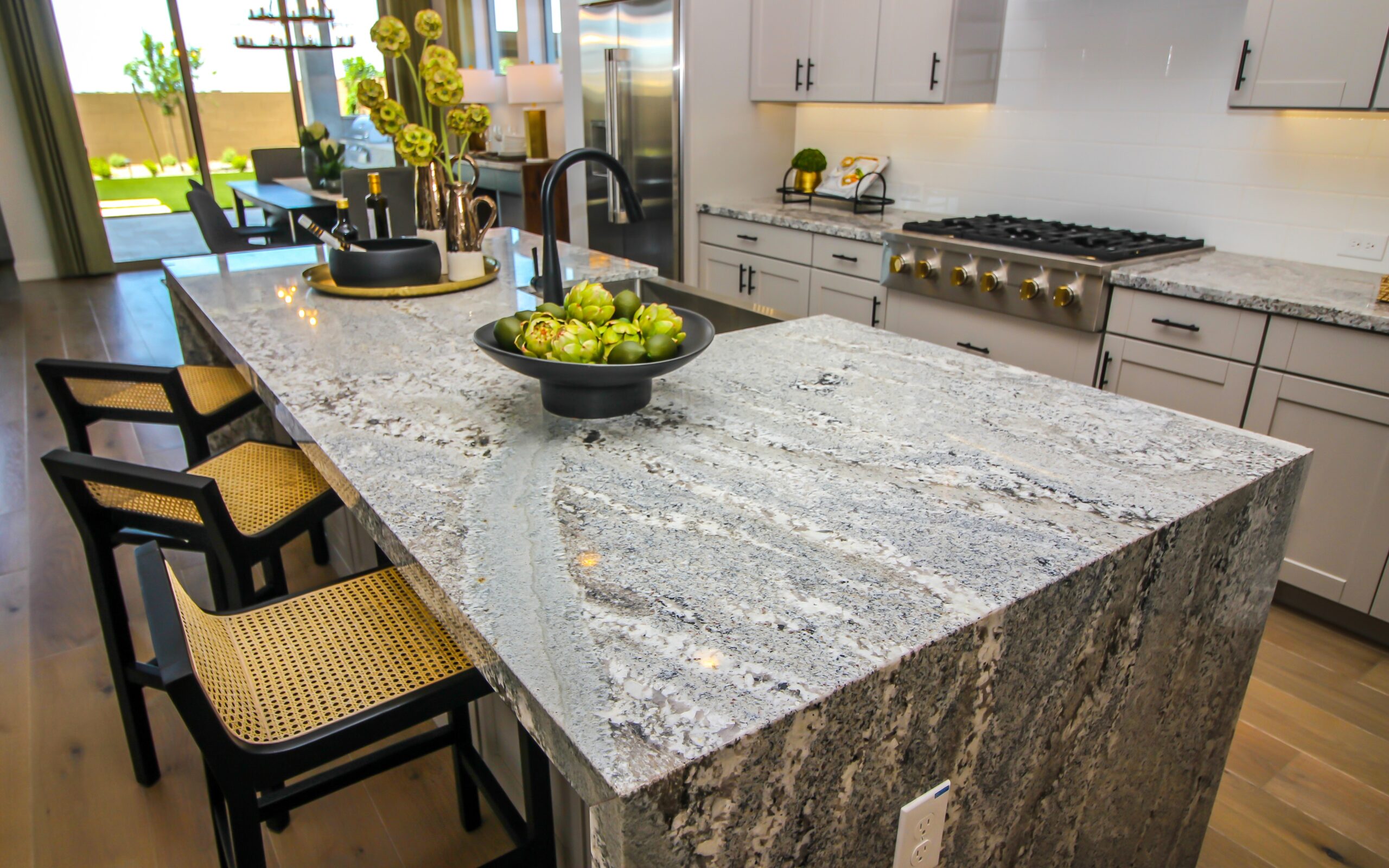Transforming your basement into a stylish family room, home gym, media lounge, additional kitchen and bath or other usable space brings enjoyment and convenience. But first, you need an accurate estimate of remodeling costs to budget sufficiently. Many factors influence basement renovation pricing, including the project scope, material selections, labor, permits, and more. Understanding these elements provides insight into budgeting for a rewarding basement upgrade.
This article examines key considerations that shape your basement remodeling budget. Breaking down the costs into categories like hired contractor fees, installations, materials, and DIY savings helps estimate realistic expenses. We’ll also look at tips for reducing your total investment in a basement renovation through strategic planning and cost-cutting techniques.
Major Considerations
Several essential factors play a major role in determining your overall basement remodeling costs:
Project Scope
The size, features, and extent of your planned renovations directly impact the budget. A simple refresh adding paint, floors, and lighting costs far less than a full custom rebuild. Consider how extensively you plan to remodel to estimate costs.
Labor
Hiring licensed professionals is the largest renovation expense. Hourly labor rates for each trade and the total hours required must be estimated. DIY can reduce costs but adds time and physical demands.
Materials
Building materials like drywall, flooring, cabinets, countertops and more add up. Research material costs for items needed for your desired finished space.
Permits/Inspections
Your municipality likely requires permits and inspections for basement remodels, at a fee per each. Account for these costs in your estimate.
HomeAdvisor’s Basement Remodel Guide provides data on average pricing for materials, labor, and more.
Remodeling Expenses Breakdown
To arrive at a realistic total budget, break down the likely costs for key elements of your basement renovation:
- Contractor Fees: If hiring a contractor, fees average $60-$100 per hour per worker. Get quotes from several firms once your plans are set.
- Demolition/Structure: Labor and dumpster rental to remove old finishes like drywall or framing averages $5,000-$15,000. Structural changes add more.
- Plumbing: Adding a bathroom or moving plumbing lines averages $4,000-$12,000 depending on scope.
- HVAC: Improving HVAC, adding ventilation and ductwork averages $4,000-$10,000.
- Electrical: Updating wiring, circuits, and adding lighting/outlets averages $3,000-$7,000.
- Insulation: Insulating walls, ceilings, and foundation averages $1,200-$4,000 depending on the type used.
- Drywall: Hanging, mudding, and finishing new drywall walls/ceiling averages $2,000-$5,000 in labor. Materials extra.
- Flooring: New laminate, tile, vinyl, or carpet flooring installed averages $3/sq. ft. for materials and labor.
- Trim/Paint: Installing trim like baseboard and crown molding and painting averages $2,000-$4,000 in a typical basement.
- Bathroom Installation: A full bathroom addition averages $15,000-$25,000 for plumbing, lighting, tile, and finishes.
- Kitchenette/Wet Bar: A small basement kitchenette or wet bar averages $5,000-$15,000 with appliances/cabinets.
Remodel Calculator is an interactive tool to estimate budgets based on basement size and features.
When estimating your total budget, research current rates in your area for each trade and add up the costs for the items you plan to include. Also build in contingency funds, around 10-15%, for unforeseen expenses.
Tips for Reducing Cost
Here are some key ways to get the most value from your basement remodel while limiting costs:
Take on DIY Demolition and Prep Work
Completing basic demolition, framing changes, and clearing yourself before trades arrive can potentially save thousands in labor fees.
Research Sales/Discounts on Materials
Shopping sales on flooring, fixtures, paint, and other supplies keep material costs in check. Buying discontinued or open-box items also saves.
Consider Lower-Cost Finishes and Materials
Using value-engineered surfaces like carpet and laminate instead of stone and hardwood can drastically reduce material costs.
Plan Efficient Room Layouts
Optimizing room sizes takes advantage of existing structures and limits framing changes that add labor fees.
Complete Projects in Phases
Doing structural, mechanical, and prep work first, then later finishing with trim and decor spreads costs over time.
Obtain Multiple Contractor Bids
Getting bids from several firms provides cost comparisons so you get the best value.
By gathering useful basement remodeling ideas, good planning, and budgeting, you can create an incredible new living space that adds functionality, comfort, and style to your home. Keeping costs realistic and looking for savings opportunities allows you to get the most from your basement remodeling investment.
End Notes
Remodeling your basement is an exciting way to enhance your home. But like any major renovation, it requires careful budget planning to undertake a successful project within your financial means. Having a detailed breakdown of the expenses involved for materials, labor, permits and more provides a realistic estimate so you can move forward.
Utilizing cost-saving techniques like DIY demolition, sales shopping, and efficient designs also helps reduce your total basement remodel investment. With the guidance above for estimating your all-in costs and finding savings, you can comfortably budget for a stylish, functional basement revamp.

